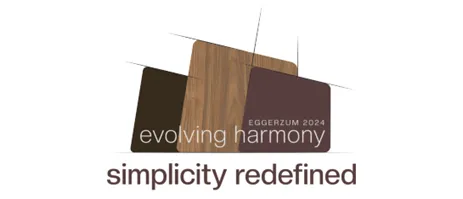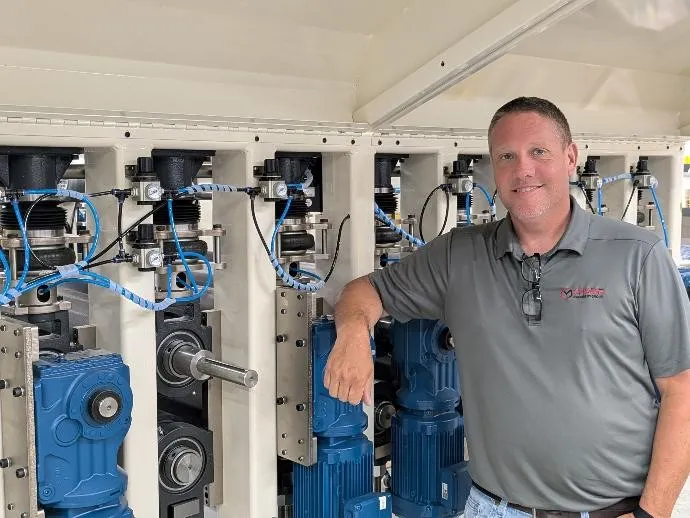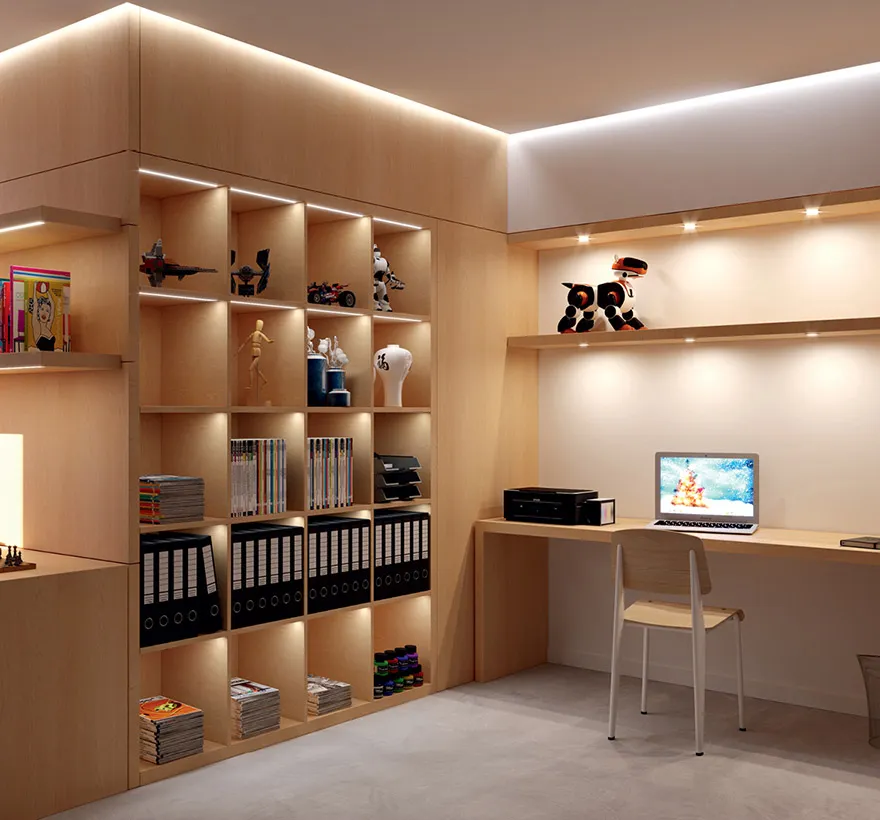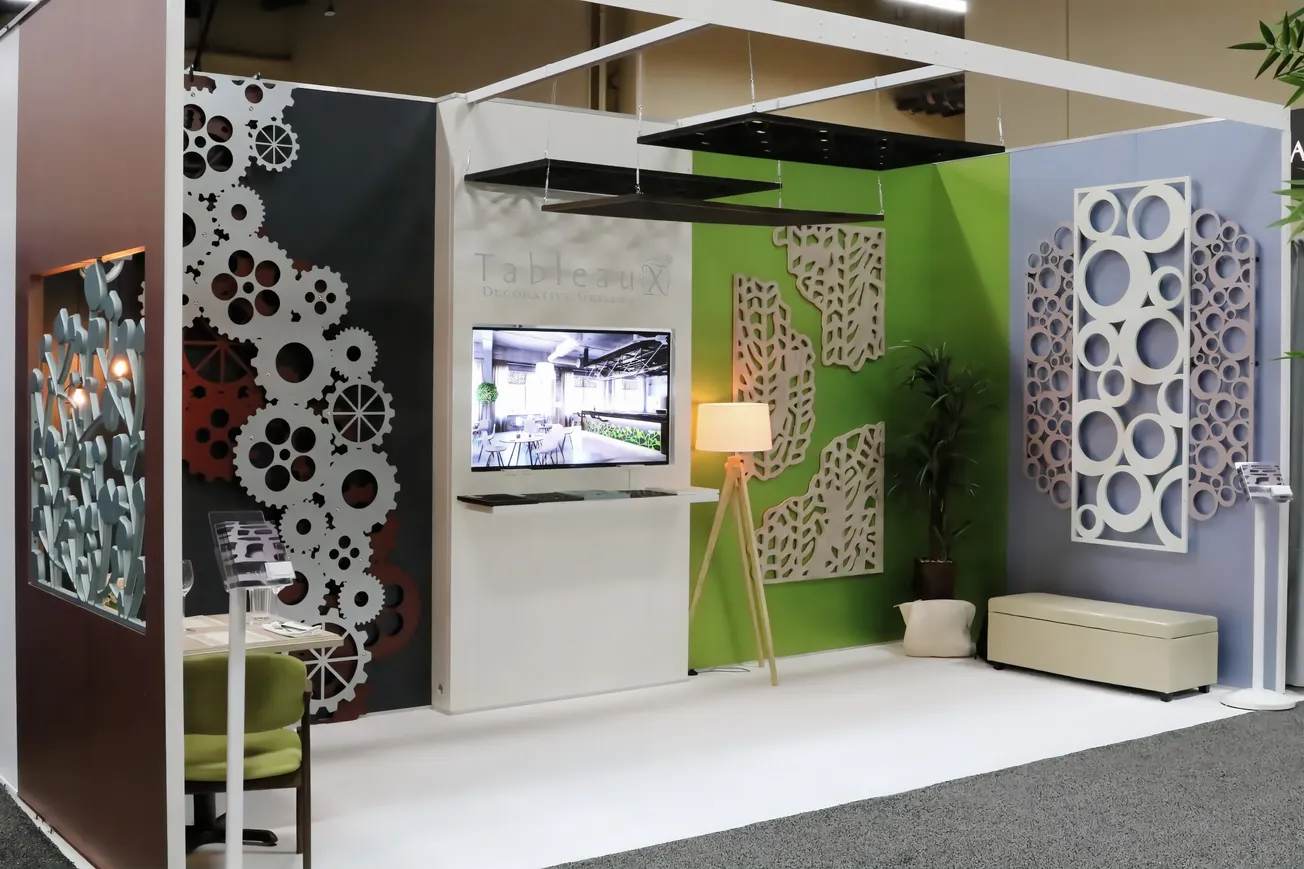Table of Contents
Healthcare Design Trends
Designed to Heal

Historically, hospitals in the United States were not cheery places. According to the National Association of Public Hospitals, most Americans in the early nineteenth century gave birth, endured illness and even underwent surgery at home. The largely rural population had few occasions to visit hospitals, and did everything they could to avoid ending up in the dreaded institutions. Before the turn of the century, hospitals in the United States were primarily almshouses that provided care and custody for the ailing poor with no family. Winding up in a hospital was a hopeless, desperate and scary thing.
Then in the early 1920’s something amazing happened. Medical treatment became effective. Advances in medical training, pharmacology and sterilization made hospitals places where one could hope that illness might be treated, or even cured. People started bringing their health issues out of the homestead and into the medical community. Economic historian and professor at the Miami University in Ohio, Melissa Thomasson, says that beginning in the 1920’s hospitals were able to focus on happy outcomes, and even started marketing themselves as places to have babies. With the development of health insurance, people no longer waited until they were deathly ill to seek treatment. Hospitals started to see patients for minor concerns and preventative medicine.
“It is sometimes a challenge to find materials that look really good but can stand up to a harsh healthcare environment.”
Lauren Marshall, Interior Designer, Perkins & Will
The past 90 years have seen astounding developments in medical treatment and technology. In recent history, hospitals have further enhanced their services by combining high-tech medicine with customer service and tender loving care. Beyond science, an important factor in the quality of patient care is the actual design of the treatment facility, which must perform both functionally and aesthetically.
Some guidelines for designing modern medical interiors are rooted in hard science. As early as the 1850’s, Florence Nightingale understood the crucial role of sanitation in successful patient care. Modern design focuses on surfaces that are easy to keep clean and do not harbor contaminates; but it is not enough to be germ-free. Recent studies reveal that emotional components also affect the success of medical treatment. Patient outcomes improve when the healthcare environment is comfortable and community-like. This new understanding is driving the trend of contemporary hospital design to move away from the “sterile institution style” toward medical facilities that feel more like spas and resorts.
“Our main concerns for hospital design are functionality, cleanability and infection control,” says Lauren Marshall, interior designer for the Dallas, TX-based firm Perkins & Will. Marshall recently worked on an addition to the Las Colinas Medical Center, a relatively small, 100-bed facility in Irving, TX. The new amenities include a luxurious VIP postpartum suite and a state of the art cardiovascular program. “For the patient rooms and the VIP suite, LCMC wanted the atmosphere to look fantastic, like a spa or hotel,” explains Marshall. “It is sometimes a challenge to find materials that look really good but can stand up to a harsh healthcare environment.”
Although the surgical suites are designed to be purely functional, LCMC’s common areas and patient rooms give the impression of a vacation resort rather then a healthcare facility. To achieve this Marshall specified Wilsonart Contract Flooring in Bamboo-natural throughout the VIP suite. Crossville tile and Tabu veneers were interspersed with HPL and solid surface materials to give a luxury feel to the postpartum suite, which includes a large spacious area for visitors, and Murphy bed for dad, a kitchenette and a separate area for mom to rest.
 Despite all the advances in medicine, there is still a level of stress associated with medical care, and smart providers understand that alleviating apprehension is good for outcomes, and good for business. “We are very proud of our suites because they are truly a differentiator in our market,” says Chip Zahn COO of the Las Colinas Medical Center. LCMC is part of the larger company Hospital Corporations of America, a healthcare organization with over 200 hospitals. “One of the challenges of this work is that we are dealing with patients’ lives on a day to day basis, they are coming in with high anxieties. It is up to us to create an environment for our patients that is not only soothing, but also provides excellent quality of care,” says Zahn.
Despite all the advances in medicine, there is still a level of stress associated with medical care, and smart providers understand that alleviating apprehension is good for outcomes, and good for business. “We are very proud of our suites because they are truly a differentiator in our market,” says Chip Zahn COO of the Las Colinas Medical Center. LCMC is part of the larger company Hospital Corporations of America, a healthcare organization with over 200 hospitals. “One of the challenges of this work is that we are dealing with patients’ lives on a day to day basis, they are coming in with high anxieties. It is up to us to create an environment for our patients that is not only soothing, but also provides excellent quality of care,” says Zahn.
While traditional wood palettes are warm and inviting, Marshall notes an increase in clients seeking a cleaner, more modern look. “Hospitals are fun projects to work on. Particularly now because the design concept is changing,” says Marshall. “Clients are open to using different materials and creating new looks, and with the performance of laminates, it is possible to have variations on white with colors, and to keep that white clean. We typically do built-in custom millwork in all of our patient rooms, and it is almost always engineered laminates.”
 Decorative surface technology is in sync with the spa-like style of modern healthcare because it offers impenetrable materials with limitless design options. HPL is a popular choice in healthcare settings because it easy to clean, extraordinarily durable and does not harbor germs. Vinyl films are also quickly gaining status within the market because of their unique ability to be profile wrapped around contours and edges, offering great visuals without seams.
Decorative surface technology is in sync with the spa-like style of modern healthcare because it offers impenetrable materials with limitless design options. HPL is a popular choice in healthcare settings because it easy to clean, extraordinarily durable and does not harbor germs. Vinyl films are also quickly gaining status within the market because of their unique ability to be profile wrapped around contours and edges, offering great visuals without seams.
There is no question that hospitals in the United States are centers where highly trainedprofessionals practice the miracles of modern medicine. But technology and hard science alone do not put patients at ease. Zahn and his team understand that, which is why LCMC does not look or smell like a hospital. It looks like a spa, with inviting furnishings, an executive chef and even a concierge. After all, patient comfort is more than just a marketing tool. It is part of the highly effective holistic model of treatment.







